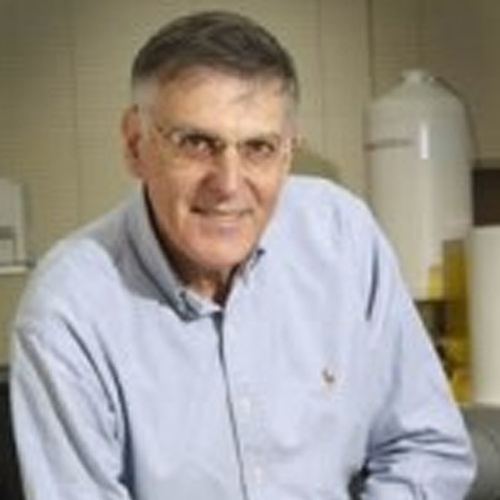
Nobel prize laureate in Chemistry 2011
- B.Sc. 1966 (Technion)
- M.Sc. 1968 (Technion)
- Ph.D. 1972 (Technion)
After receiving his doctorate, Prof. Shechtman was an NRC fellow at the aerospace Research Laboratories at Wright Patterson AFB, Ohio, where he studied for three years the microstructure and physical metallurgy of titanium aluminides. In 1975 he joined the department of materials science & engineering at Technion. In 1981-l983 he was on Sabbatical at the Johns Hopkins University, where he studied rapidly solidified aluminum transition metal alloys (joint program with NBS). During this study he discovered the Icosahedral Phase which opened the new field of quasiperiodic crystals. In 1992-1994 he was on Sabbatical at NIST, where he studied the effect of the defect structure of CVD diamond on its growth and properties. Prof. Shechtman’s Technion research is conducted in the Louis Edelstein Center, and in the Wolfson Centre which is headed by him. He served on several Technion Senate Committees and headed one of them.
- Microstructure and mechanical properties of titanium aluminides.
- Microstructure and properties of rapidly solidified metallic alloys.
- The discovery of the Icosahedral Phase, the first quasi-periodic phase, its crystallography and some of its properties.
- Nucleation and growth of CVD diamond films.
- Development of new magnesium alloys.
Prizes
- 2011 Nobel Prize in Chemistry
- 2008 European Materials Research Society (E-MRS) 25th Anniversary Award
- 2002 EMET Prize in Chemistry
- 2000 Muriel & David Jacknow Technion Award for Excellence in Teaching
- 2000 Gregori Aminoff Prize of the Royal Swedish Academy of Sciences.
- 1999 Wolf Prize in Physics
- 1998 Israel Prize in Physics
- 1993 Weizmann Science Award
- 1990 Rothschild Prize in Engineering
- 1988 New England Academic Award of the Technion
- 1988 International Award for New Materials of the American Physical Society
- 1986 Physics Award of the Friedenberg Fund for the Advancement of Science and Education
Membership in Academies
- 2004 Elected member of the European Academy of Sciences.
- 2000 Elected member of the American National Academy of Engineering.
- 1996 Elected member of the Israel Academy of Sciences.
Honorary Membership in Professional Societies
- 2005 Elected Honorary Member of the Japan Institute of Metals
- 2000 Elected Honorary Member of the French Physical Society
- 1999 Elected Honorary Member of the Israel Crystallographic Association
- 1998 Elected Honorary Member of the Israel Society for Microscopy
- 1998 Elected Honorary Member of ISIS-Symmetry (International Society for Interdisciplinary sciences)
- 1997 Elected Honorary Member of MRSI (Materials Research Society of India)
The Icosahedral Phase, discovered by Prof. Shechtman in 1982 is the focus of the research in our group. The Icosahedral phase, as the first structure in the field of quasi-periodic crystals, was discovered in aluminum transition metal alloys. It has long range orientational order but no translational symmetry. Its crystallography is unique, since it has the icosahedral point group symmetry, and its atomic order is quasiperiodic in contrast to periodic order found in previously known crystals. The intriguing questions regarding structure and properties of this new class of materials draw a broad interdisciplinary scientific interest. The field has become an active major communication arena for physicists, materials scientists, mathematicians, crystallographers and others. The two major thrusts in this field are theoretical aspects of the quasi-periodic structure and its implications and experimental evidence for the understanding of the structure and its properties. Our group is involved in studying the crystallography and properties of the icosahedral phase in several binary and ternary alloy systems.
Various microscopic techniques are employed to study the microstructure of the icosahedral phase, the lattice defects and deformation behaviour. The alloys are prepared by our group by means of rapid solidification as ribbons, in a powder from or as sputtered thin films. Another research topic deals with structural defects in CVD diamond wafers and their effect on the wafer’s growth and properties.


